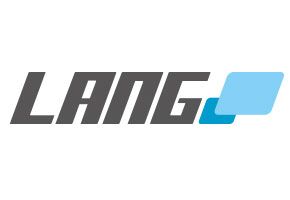Education market trends 2026


Nevertheless, the higher education sector in particular remains one of the most forward-thinking verticals, with AV being utilised throughout facilities, and institutions embracing innovations that enhance learning, communication, student and staff wellbeing, and more. Indeed, students who attend in-person lessons have come to expect a high standard of technology to be integrated across campuses, while those who opt for remote courses rely on AV such as videoconferencing platforms, microphones, PTZ cameras and displays to feel part of the learning experience.
While hardware makes up a significant proportion of spending in the education sector, it is also leading the way in the shift to software and cloud-based solutions, which help to create accessible, flexible and collaborative learning environments. Cloud-based tools can also deliver the personalised learning experiences that are key to improving student outcomes. Learning management systems, for example, allow student progress to be tracked and new content to be created easily, and they foster the collaboration and discussion that helps to keep students engaged.
Away from the classrooms and lecture halls, cloud-based digital signage software is furthering this personalised experience by offering a quick and simple way to create real-time updates, promote events and give new students the information they need to navigate their way around campus, all while encouraging them to engage with the content they’re seeing. In addition, the wider adoption of cloud technologies is streamlining everything from environmental controls and room booking to space utilisation analytics and content streaming as institutions begin to take a more holistic approach to the campus experience.
AI is also having an impact across the education sector as it continues to power the push towards flexible, personal and collaborative learning. AI utilisation could be as simple as using ChatGPT to create revision materials, clarify concepts or provide feedback, but the opportunity around the technology is much broader. So too are the challenges, however, leading many institutions to develop wider AI integration strategies that move away from a focus on individual tools and instead consider learning styles, outcomes and the wider digital infrastructure. This could include utilising AI to analyse large datasets from sources such as course evaluations and enrolment trends, helping institutions to plan and deliver based on more accurate forecasting.
A final interesting trend in the sector is the growing demand for specialist spaces such as virtual production studios, simulation labs and esports facilities in colleges and universities. Not only do these ensure students are gaining the skills needed to work in industries such as broadcast, medicine, engineering and much more, but they can also prove valuable to the institutions themselves, offering an additional revenue stream and helping to build links with relevant businesses. Technologies such as projectors, LED screens, motion capture systems, VR goggles and recording systems are helping to make these invaluable spaces for many institutions.

)
)
)
)
)
)
)
)
)

)
)
)
)
)
)
)
)
)
)
)
)
)
)
)
)
)
)
)
)
)
)
)
)
)
)
)
)
)
)
)
)
)
)
)
)
)
)
)
)
)
)
)
)
)
)
)
)
)
)
)
)
)
)
)
.png/fit-in/500x500/filters:no_upscale())
.png/fit-in/500x500/filters:no_upscale())
)
.png/fit-in/500x500/filters:no_upscale())
)
)